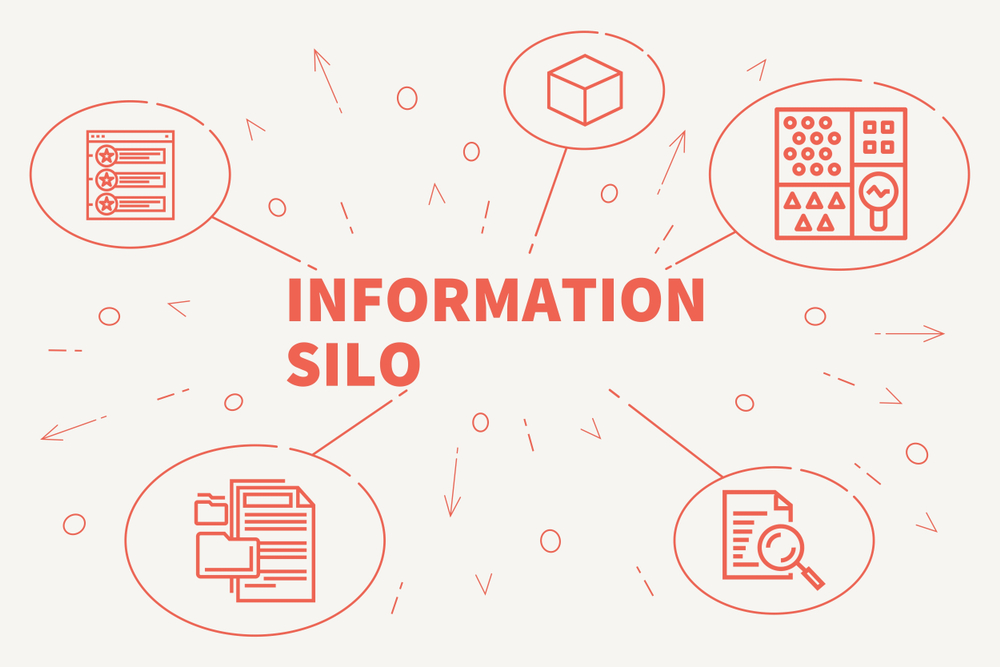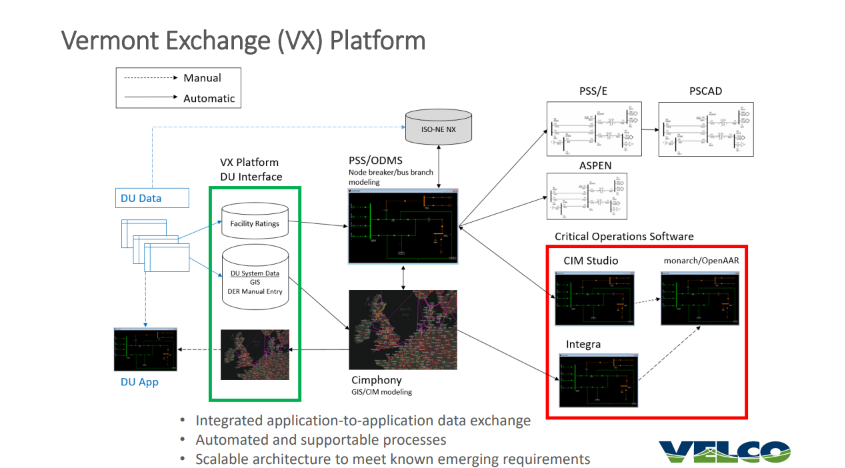
Grid reliability, operational efficiency and regulatory compliance are at the top of every electric utility’s priority list. Aligning every planning and operations silo across the organization to achieve those goals, however, is a daunting task.
For example, utility electric grid data is critical for improving reliability, efficiency, and regulatory outcomes. Yet, individual utility groups often focus on slivers of electrical system data to develop the data-based electrical models they need, iterating them over time until each group ends up with purpose-built electrical models that are different and not necessarily aligned. The silos have no one source of data truth. Data fidelity, version control, and the ability to track changes and reproduce planning scenario results all suffer.
Network model management (NMM) systems can solve the challenge by creating transmission and distribution electrical grid models that provide a centralized, up-to-date source of data truth for the specialized applications each utility team needs to perform its work. By helping break down the traditionally siloed approach to utility planning, protection, operations and other functions, an effective NMM system helps deliver improvements to grid reliability, efficiency and operational cost savings.
The problem with utility departmental silos
With a siloed approach to manage and exchange electric grid model data across the entire utility stakeholder landscape, several problems emerge for utilities:
- Planning, operations and protection departments manually maintain their own models of the same physical grid, tracking and implementing changes separately. There is no single source of truth for network model data.
- When model data needs to be synchronized, such as when a regulator asks for a change to a study or analysis in a filing, teams must undertake inefficient and error-prone processes to do it.
- Fragmented data held in separate systems limits opportunities for network optimization and adopting advanced technologies that advance near-term and long-term strategies.
- Proprietary and homegrown databases and data links lead to higher costs when introducing new data sources.
The siloed approach feels natural to planning, operations and protection teams because they only need to focus on certain aspects of grid data and the network model to complete their core tasks. However, the unintended consequence is data and network model fragmentation, which slows down the utility and limits its ability to harness data to accomplish its top priorities.

Unifying the approach to network model management
Utilities often have dozens of planners spread across multiple teams. They need an approach that allows all planners to access the different parts of the model they need without their work leading to fragmented models. They need a unified approach — managed by a system that tracks changes, updates the data centrally and keeps everyone across the enterprise in sync.
When utilities replace the old, siloed approach to network model management with a unified approach using an NMM system, they provide teams with the tools that suit their unique needs while keeping model data centralized and up to date for everyone.
Master data is created once and used many times — taking advantage of the International Electrotechnical Commission’s Common Information Model (CIM) interoperability standards. The NMM system provides a central place to manage electrical data from multiple sources used in multiple applications. When new data is received—for example, from substations or line engineers—the NMM stores and manages it. The NMM system then centrally updates network models and cases, ensuring utility teams conduct network analysis applications with accurate and up-to-date electrical data. This improved workflow reduces the effort required to maintain models, improves the quality of analysis and provides a seamless infrastructure to support application needs for simulation.
From that unified approach with centralized data management, many benefits emerge:
- Improved coordination across departments
- Interoperability with CIM standards
- Enhanced data quality and validation
- Improved grid and operations planning
- Reduced manual efforts
- Real-time system operation support
- Cost savings
- Future-proofed systems
Vermont Electric Power Co.’s Vermont Exchange (VX) Platform initiative
Like many utilities, Vermont Electric Co. (VELCO) faces a wave of retirements, threatening the loss of important knowledge. On top of workforce changes, VELCO’s grid suffered a reliability event attributable to planning that didn’t match what was actually happening on its electric grid. VELCO knew it was time to replace informal knowledge transfer, eliminate duplicative efforts and improve reliability.
VELCO chose to unify its approach with NMM. The utility selected partners, including Siemens, to deploy the Vermont Exchange (VX) Platform NMM solution. Through the platform, VELCO seeks to improve three processes:
- Modeling the transmission grid network
- Providing clearer boundaries and more value around transmission and distribution grid network modeling for the utility’s members
- Interacting with the New England ISO (ISO-NE) and coordinating VELCO models with ISO-NE models
In the project’s first year, VELCO implemented transmission model management using the Siemens NMM solution. In 2025, planners will be able to more efficiently and effectively share new transmission upgrades across departments, providing teams with a common way to understand and schedule projects.
VELCO is also integrating data and systems from teams including protections and controls, operations, ratings, and distribution. The integration means VELCO is eliminating the pain point of siloed, divergent data and models and the significant risk of grid events due to data disconnects among teams. On the ISO front, VELCO now has a more streamlined process to send accurate and up-to-date versions of its network models to ISO-NE and integrate feedback and modeling data ISO-NE sends in return.

The second phase of NMM deployment will launch in 2025 and continue through 2028, resulting in an enterprise-wide service hub.
The Vermont Exchange (VX) Platform has already created context, traceability, and integrity into a single source of data truth, which is supported by more efficient workflows for VELCO teams. As the initiative advances, it will give VELCO the integrated solution to truly optimize system planning.
Avoid the consequences of utility planning and modeling silos
As VELCO discovered, a siloed approach to network model management can negatively impact grid reliability, creating a risk of backlash from customers and regulators. Many utilities have faced steep fines from federal regulators for grid events that stemmed from poor network model management.
A unified approach using an advanced NMM system breaks down the silos. It provides a centralized, up-to-date single source of electrical data truth with flexible tools that serve various planning, operations and protection team needs.
With its Gridscale X Network Model Manager solution, Siemens partners with utilities to break down the old boundaries of grid planning, development and operation. Learn more about Gridscale X.
Learn more by downloading the paper, Network Model Management Explained.
Energy Changemakers Content Services prepared this article in partnership with Siemens, an Energy Changemakers Ambassador Program.
